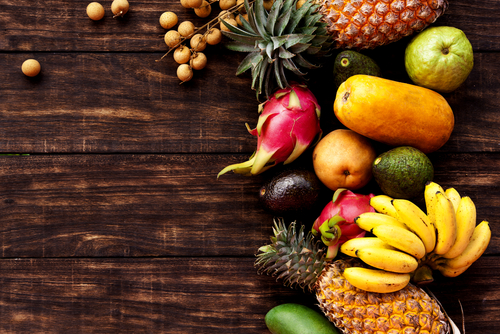As Jerry Seinfeld once mused, “fresh fruit’s a gamble. I know that going in.” It’s been three decades since those words went to air, but the sentiment still holds true for many consumers.
If you enjoy a packet of chips you’ve bought, and repeat the purchase from a different store a few weeks later, you’re likely to have the same sensory experience. But with fresh produce, there’s a lot more variance. Will it be as juicy, sweet, crunchy, aromatic, fresh?
It’s an issue that Australian scientists are addressing through a new $7 million sensory genetics program delivered through Hort Innovation, and led and co-funded by the University of Queensland’s Queensland Alliance for Agriculture and Food Innovation (QAAFI), the Queensland Department of Agriculture and Fisheries, and Griffith University.
As part of the five-year project, a team of consumer, sensory and molecular scientists are working to determine exactly what today’s shoppers want in their fruit. It may mean that fruit that tastes, smells and looks delicious every time could soon become a reality.
Next to price, sensory properties are the most important traits that affect consumer buying and consumption behaviour for fruit, says QAAFI principal research fellow Professor Heather Smyth.
“Even health value is not as important a driver as sensory quality for uptake,” she says. “If it’s healthy but tastes bad, most consumers won’t continue to buy/consume a horticultural product. In this project we hope to be able to put a value against the importance of particular sensory traits in consumer decision making for these fruits.”
The research has the potential to expand the potential product offering in fruit categories, providing a more diverse range of different varieties (as we see with apples) that have more interesting and varied sensory profiles.
By gaining a more solid understanding of consumer preferences and the expectations of different market segments, retailers will be able to market and target specific flavour types more effectively and achieve higher value returns.
“For example, fruit suited to flavour preferences of children with attributes that suit lunch boxes, or fruit suited for entertaining or culinary applications with exotic characteristics that are exciting and can be sold at a premium,” says Dr Smyth.
Read more about the research in the March issue of Retail World.


